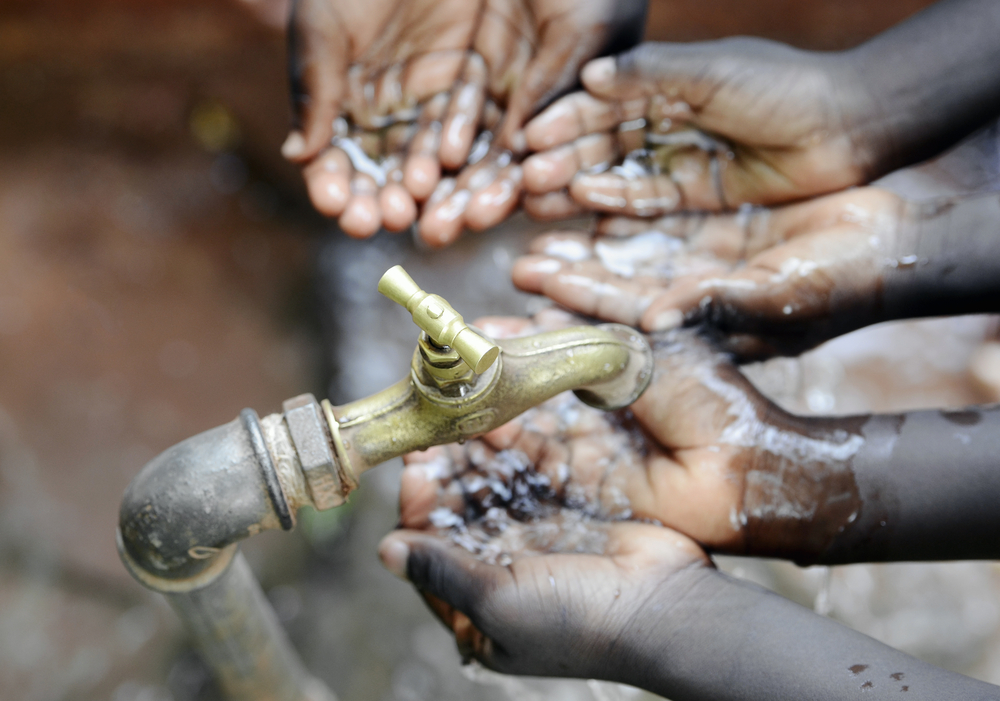Fresh water is crucial to all of human society, the animal Kingdom and the environment.
Water is not just for drinking, but is also used for farming and gardening, washing, cooking and many other activities; and according to Water Resources Research‘s new data collected from NASA, it is expected to become increasingly scarce in the future, and this is partly due to climate change.
In order to fully understand the issue of fresh water scarcity, one would have to begin by considering the distribution of water on earth.
About 98% of the earth’s water is salty and only 2% is fresh.
Of that 2%, almost 70% is snow and ice,
30% is groundwater,
less than 0.5% is surface water (lakes, rivers, streams, swamps etc)
and less than 0.05% is in the atmosphere.
According to the National Geographic Society, only about 0.3 percent of our fresh water is found in the surface water of lakes, rivers, and swamps.
Of all the water on Earth, more than 99% of Earth’s water is unusable by humans and many other living things. It is therefore unusual that the water that supports all land life, as well as aquatic, on earth is actually so scarce.
Due to global warming, ice caps are melting into the sea turning fresh water into salty sea water reducing the potential amount of global fresh water, while simultaneously adding to sea level rise.
Currently, 1.6 billion people live in countries and regions with absolute water scarcity and the number is expected to rise to 2.8 billion people by 2025 according to the World Bank Group.
Gamai, a remote community, being the second last village towards the borders of Madang and East Sepik in Bogia District, is a village separated from the mainland; where each day school children transport themselves to and from school using dug-out canoes along the mangrove waters.
Like many other communities in the rural regions of Papua New Guinea, fresh water becomes a harsh struggle each day.
A dug-up well water source at Botbot Village, Bogia District, Madang Provice, PNGThe only source of fresh water are water wells dug out from underground – however, the locals explain that most of the wells are too salty for consumption.
Rain now becomes a big source of water for the communities, who have had a really harsh time when last year’s, 2015 drought brought devastating effects on the land and the people.
A mother of three from the village explains how it is her responsibility to provide clean water for her family to drink and cook, often walking long distances to find water, saying that when they’re lucky enough, the rain provides their water needs.
The recent droughts have also affected her garden yield and harvests, and with sea level rise threatening their homes, it also becomes a psychological stress as she worries about relocating to a proposed area explaining that to move would mean she will have to walk twice the distance to visit her food garden.


